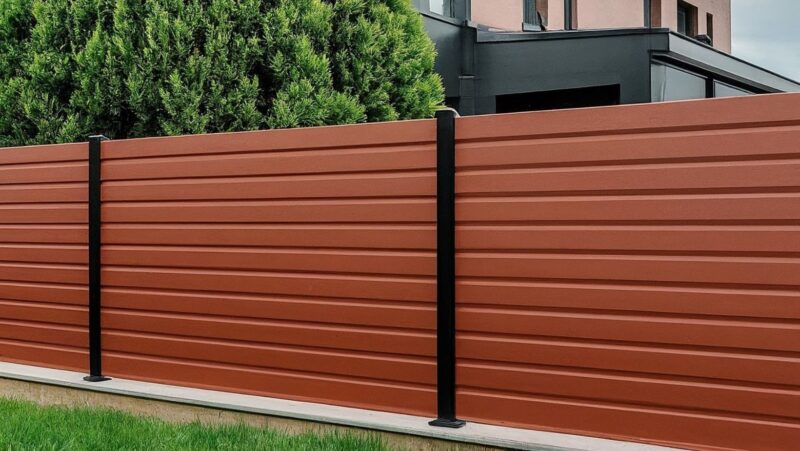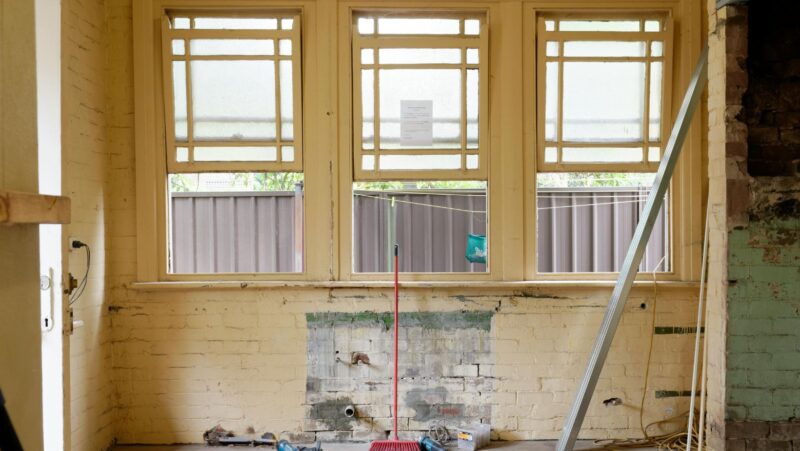In the world of plastics fabrication, achieving a smooth, glossy finish is often the final touch that elevates a product from good to exceptional.
Two popular methods for achieving such finishes are diamond and flame polishing. Let’s delve into these techniques and how they can help you attain that flawless look for your acrylic or plastic projects.
Table of Contents
ToggleUnderstanding Diamond Polishing
Diamond polishing is a precision technique used to achieve a smooth, high-gloss finish on the edges of acrylic or plastic materials. It involves using a diamond-tipped tool that rotates at high speeds to remove any imperfections and create a polished surface.
This method is particularly effective for straight edges and is often used for display cases, signs, and tabletops.
Benefits of Diamond Polishing
- Precision: Diamond polishing allows for precise control over the finish, ensuring uniformity and consistency.
- Speed: Compared to manual methods, diamond polishing is faster, making it ideal for large-scale projects.
- Quality: The high-speed rotation of the diamond tool produces a smooth, glossy finish that is hard to achieve by hand.
Exploring Flame Polishing
Flame polishing, on the other hand, is a technique that uses a hot flame to melt the surface of the acrylic or plastic, resulting in a smooth, shiny finish.
This method is suitable for both straight and curved edges and is commonly used for items like awards, trophies, and decorative pieces.
Advantages of Flame Polishing
- Versatility: Flame polishing can be used on various shapes and contours, making it suitable for complex designs.
- Clarity: The process enhances the clarity of the material, making it more transparent and visually appealing.
- Efficiency: Flame polishing is relatively quick and can be easily integrated into the fabrication process.
Choosing the Right Method
When deciding between diamond and flame polishing, consider the following factors:
- Material: Some plastics may respond better to one method over the other. Acrylic, for example, is well-suited for both techniques.
- Edge Shape: For straight edges, diamond polishing is often the preferred choice. For curved or irregular edges, flame polishing may be more suitable.
- Finish Quality: If you require a highly precise and uniform finish, diamond polishing might be the way to go. For a quick and effective polish on less critical surfaces, flame polishing can be a great option.
Tips for Achieving the ideal Results
- Cleanliness: Ensure the material is clean and free from dust or debris before polishing.
- Control: Maintain steady control over the tool or flame to avoid uneven finishes.
- Safety: Always wear appropriate protective gear and work in a well-ventilated area.
Where to Find Quality Materials
For your polishing projects, sourcing high-quality materials is crucial. Simply Plastics offers a wide range of acrylic and plastic sheets that are perfect for achieving those flawless finishes.

Whether you’re working on a DIY project or a professional fabrication, their materials provide the ideal canvas for your polishing efforts.
Wrapping up: The key to flawless finishes in Plastic Fabrication
Achieving a flawless finish with diamond and flame polishing is both an art and a science. By understanding the nuances of each method and selecting the right materials, you can elevate the aesthetics of your acrylic or plastic projects to a whole new level.
With a bit of practice and attention to detail, you’ll be able to master these techniques and achieve stunning results that impress and delight.






